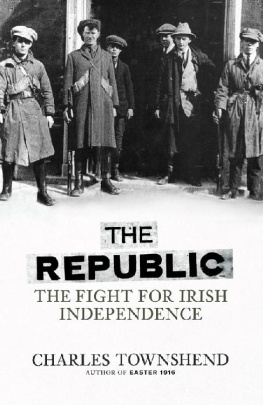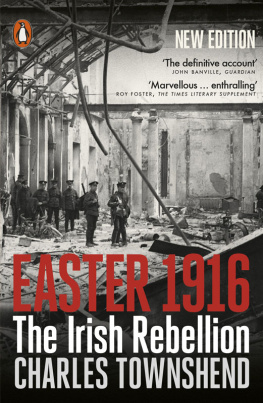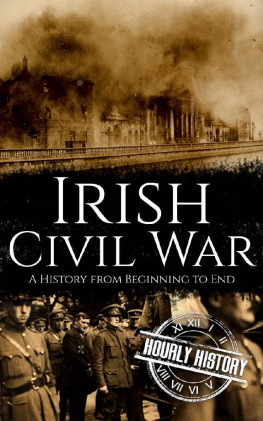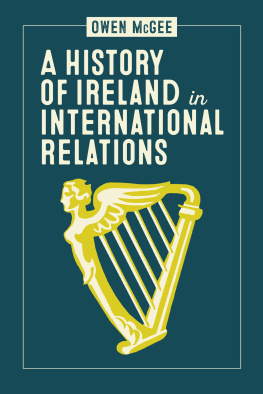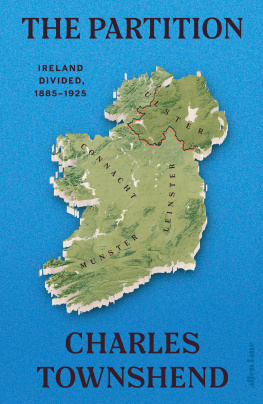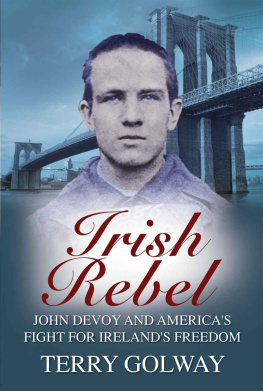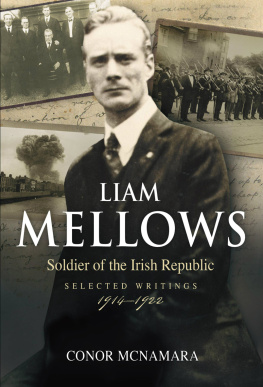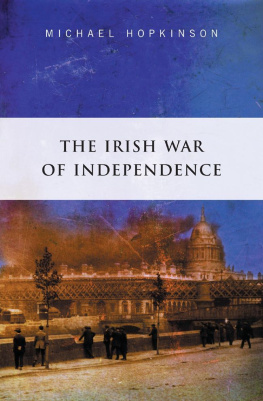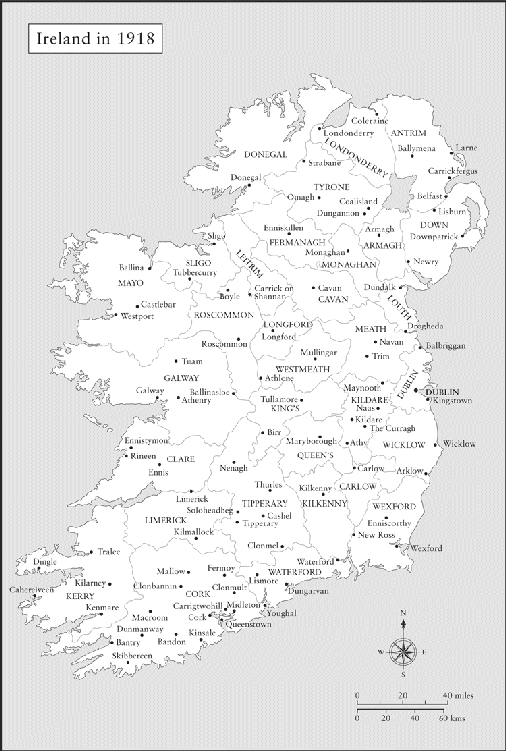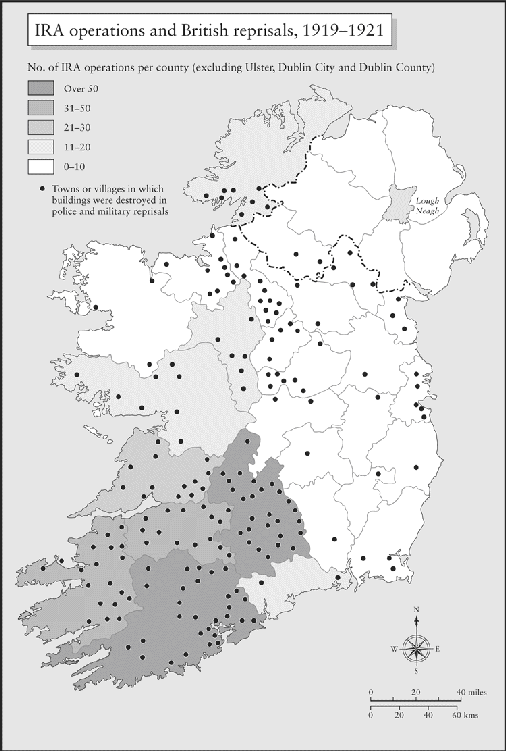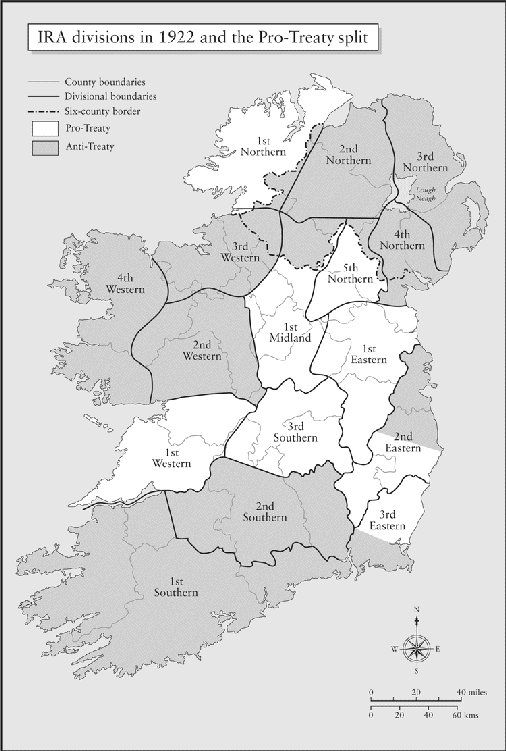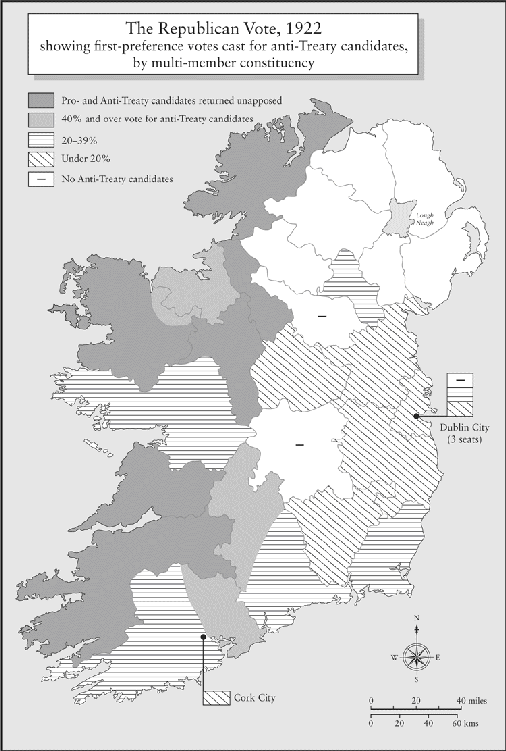Introduction: Up the Republic! Republicanism in Ireland
MILLIONS OF IRISHMEN WERE AND ARE SEPARATISTS IN CONVICTION
On 21 January 1919 an independent Irish Republic was unilaterally declared by an assembly of Sinn Fin MPs, elected to the United Kingdom parliament in the general election of December 1918 on a platform of refusing to take their seats at Westminster. Ten years earlier, such an event would have seemed all but fantastic. Before the First World War, republicanism in Ireland was a marginal political movement. The political mainstream was dominated by the Irish party, a parliamentary nationalist group aiming to secure Home Rule, devolved government within the United Kingdom, rather than an independent Irish republic. At the peak of its power, under the leadership of Charles Stewart Parnell in the mid-1880s, it had sent eighty-six MPs to Westminster, where they briefly held the balance of political power. With Parnell also heading the Land League, an anti-landlord movement which effectively controlled much of the country, the party represented a formidable challenge to British rule. Two Irish Home Rule bills were introduced by their Liberal allies, in 1886 and 1893. By the time the second was voted down by the House of Lords after passing the Commons, Parnells public career had been wrecked by his private life, and his party was split by bitter internal divisions. Parnellites railed against the clerical forces that had helped English hypocrisy destroy their leader. The rift lasted nearly a decade, but in 1901 the party reunited as the United Irish League (UIL) under the leadership of the Parnellite John Redmond. Home Rule was back on track when the Liberals won a landslide victory in the 1906 general election. The UIL, commonly known as the nationalist, or Irish, party, with eighty-four seats, almost matched Parnells 1886 total. Even though the unionists won seventeen seats, and the British political landscape was itself changing with Labour taking forty-two seats the party seemed beyond doubt to represent the voice of Irish nationalism.
Though it never managed to launch its war against England, the IRB proved highly resilient. Its dynamic was well described by a Cork man who joined it in 1917. It was a close-knit, practical, hard-headed body, and it evoked an extraordinary spirit of loyalty and brotherhood amongst its members. It was not propagandist; it sought rather to find and bind together men of good character who had reached the conclusion that there was no solution to the problem of achieving national freedom except through the use of physical force.action, or if they voted for something less than independence? Would democracy prevail, and how?
By the time Stephens created his revolutionary organization, republican ideas had been etched in Irish political thought for over half a century. Every June republicans made a pilgrimage to the grave of Theobald Wolfe Tone at Bodenstown in Kildare, to assert their descent from the United Irish movement of the 1790s, allies of the first French Republic. Tone had believed that, by establishing a republic on the French model, Irelands denominational or sectarian divisions could be transcended. The common name of Irishman would replace the labels Catholic, Protestant and Dissenter. Fenians held on unswervingly to Tones conviction that only through breaking the connection with England, the never-failing source of all our political evils, could Ireland prosper. They were less sure, perhaps, how Tones republic was actually to be constituted. Shortly after the foundation of the IRB a Fenian writer had published a republican constitution, but its details (such as a two-chamber assembly, with a life presidency elected by an upper house) do not seem to have preoccupied later republicans. The idea of a French-republican-style administrative reorganization, replacing the old counties and provinces with departments, for instance, did not make much impression. Fenian propagandist work, as the celebrated IRB veteran John OLeary recalled, was entirely separatist with practically no reference to Republicanism.
Republicanism, for most of its adherents, was about achieving separation sovereign independence rather than implementing any concrete political programme. National freedom must bring social change: an independent Ireland run by capitalists would be no improvement for the people.
The IRB preferred not to explore the social content of independence, but early in the twentieth century the organization began to be revitalized. One of the prime movers in this, Bulmer Hobson, was from the same Protestant republican background as Wolfe Tone and several of the outstanding United Irish and Young Ireland leaders of the nineteenth century. The Protestant republican tradition had withered in face of the Home Rule threat, though Hobson hoped it could be revived. He predicted in 1905 that Protestant Ulster is awakening to the fact that its grandfathers dreamed a dream, and its fathers tried to forget it but the call of it is in their ears. As a seer he was proved wrong: the call would go unanswered. But as an organizer his achievements were real. The Dungannon Club, founded in Belfast late in 1905 and carrying a title designed to appeal to Protestant memories, launched a movement that quickly spread even if its appeal to Protestants remained limited. The title of its newspaper, the

